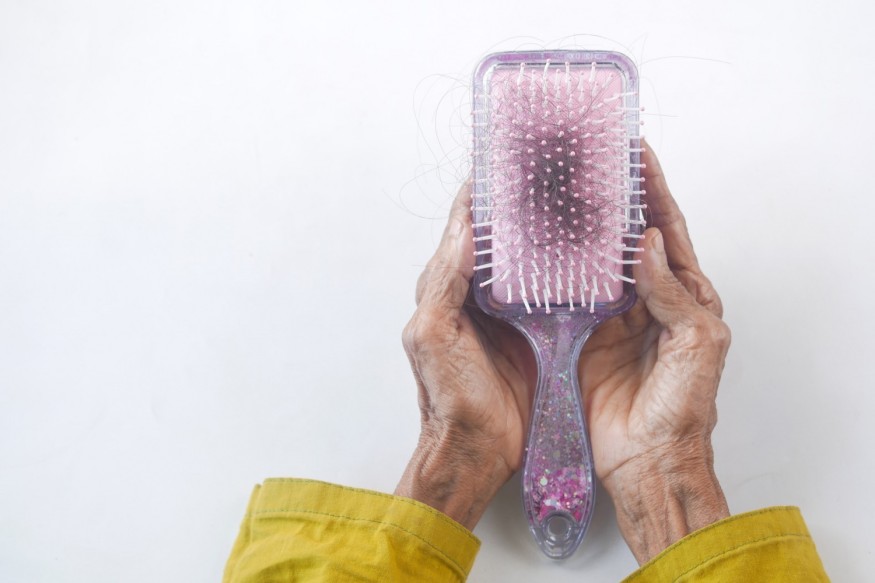Hair loss is not something to be worried about, although its effects can sometimes be upsetting. Losing hair between 50 and 100 strands a day is normal, often without being noticed. However, many people are unaware that hair loss could also be a sign of a serious medical condition. Unfortunately, hair loss is underestimated in scientific studies since it is usually classified as a cosmetic concern rather than a medical one.

A New Insight From Hair Loss
Cell biologist Maaksim Plikus from the University of California believes hair is part of our identity. While no person dies from this condition, losing hair could affect mental health. Because of this, Plikus decided to investigate the mechanism of baldness.
His study started with hairy moles, also known as nevi, which refer to the dark spots that grow long hairs. For almost a decade, Plikus and his colleagues tried to answer the mystery as to why hair grows on that spot, hoping to discover the protein that can do the same thing on the scalp.
Investigating hair growth in mice has led them to discover a protein called osteopontin. This revelation has implications for hair regrowth but still raises questions about aging cells. In moles, osteopontin comes from cells that are not dead but no longer dividing.
Senescence plays an important role in the development of nevi. Mutated cells called melanocytes stop replication so they will not become aggressive cancer cells. However, something in their environment triggers the growth of long and thick cells from the surrounding follicles, even if the other cells are not. Plikus found out that such a rejuvenator could have come from senescent melanocytes, a component that was not supposed to be dormant to support healthy growth.
Plikus further investigated the signaling molecule that can awaken the follicles but not the dormant cancer cells. In research they conducted last year, the team found a protein called SCUBE3 which plays a crucial role in fur regrowth in mice. As this protein activates the stem cells in mice follicles, Plikus became determined to run trials to apply SCUBE3 to a person's scalp through microneedles to encourage hair growth.
To make it possible, Plikus isolated melanocytes from nevus tissue samples and studied them individually to find the right signaling molecule. Next, they sequenced their genetic material and analyzed the signaling molecules produced by these cells. The study reveals that follicle stem cells are invaded by too much osteopontin from melanocytes and make a switch on hair growth.
Following their discovery, the team applied their findings by testing it in the regrowth of mouse fur. A newly-bald mouse was injected with osteopontin in the skin, and within 12 days, new strands of hair started to appear. In the future, the team plans to test their discovery on human scalps, hoping it will help regrow dense hair.
What Causes Hair Loss?
Hair loss, formally called alopecia, results from various factors such as hormonal changes, heredity, medical conditions, or just a normal part of aging. It affects a person's scalp or entire body and can be temporary or permanent. While anyone can lose hair on their head, it is more commonly observed in men.
It is also natural to shed lots of hair after having surgery, high fever, or chemotherapy. For women, they could have noticeable hair loss months after giving birth. A person's hair care can also lead to hair loss, as some products contain harsh chemicals that can contribute to this condition.
RELATED ARTICLE : 5 Lifestyle Changes To Make To Prevent Hair Loss
Check out more news and information on Hair Loss in Science Times.
© 2026 ScienceTimes.com All rights reserved. Do not reproduce without permission. The window to the world of Science Times.












